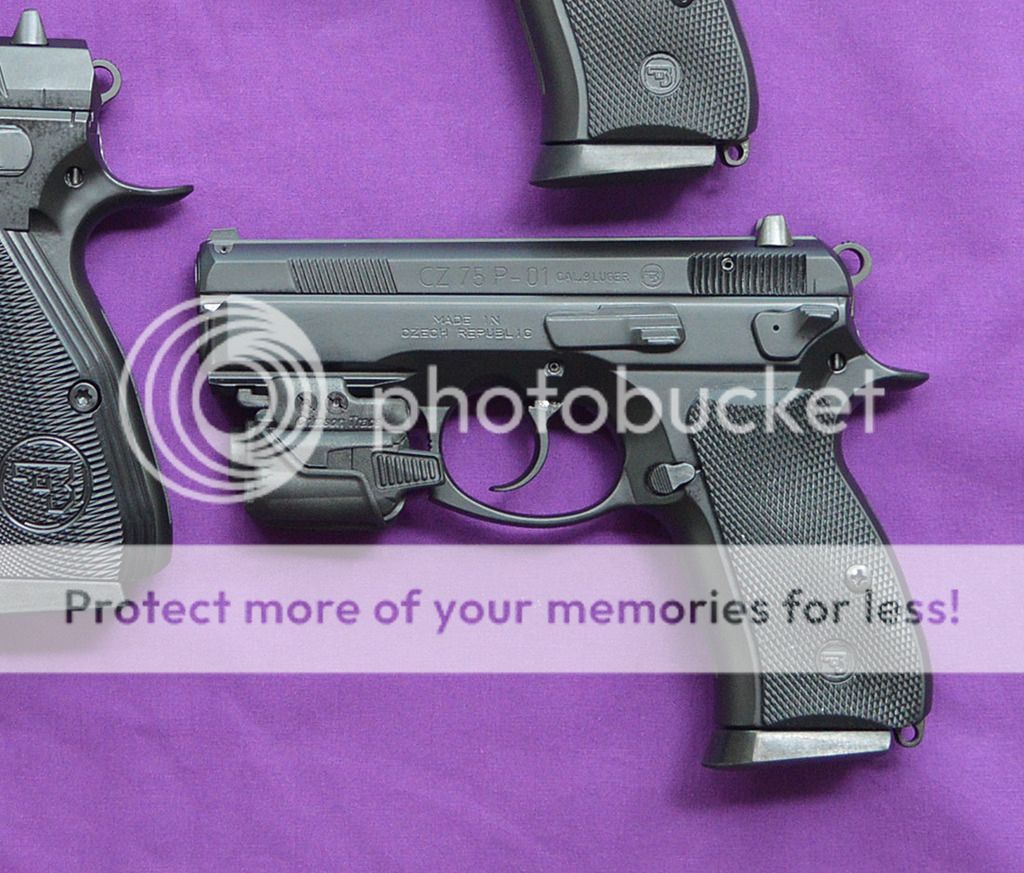Chuck R.
Member
Like any tool lasers take training & practice.
IMHO they are an aid when it comes to shooters with vision issues or not shooting from a full presentation due to an awkward position due to cover etc. What I see a lot of folks do that slows them down quite a bit is trying to use the laser and their sights simultaneously, or they chase the dot looking for the "perfect" shot when it's not going to happen.
I have one laser equipped pistol, it's my dedicated nightstand gun for those times I might leave my glasses behind. I look at it as a "secondary" sighting system for when I can't see the irons. To practice, I run the same basic drills I do with my iron sights, but ignore the irons completely. My times are slower with the laser, but my accuracy is much better than not wearing my glasses........I also "co=witness" my laser to be at the top of my irons at 7 yards, which gives me good hits out to the longest distance in my house.
For training I prefer a Laser cartridge that show's a momentary dot when the pistol is "fired". Between that and a shot timer set on a par time I have some pretty effective dry fire sessions.
Chuck
IMHO they are an aid when it comes to shooters with vision issues or not shooting from a full presentation due to an awkward position due to cover etc. What I see a lot of folks do that slows them down quite a bit is trying to use the laser and their sights simultaneously, or they chase the dot looking for the "perfect" shot when it's not going to happen.
I have one laser equipped pistol, it's my dedicated nightstand gun for those times I might leave my glasses behind. I look at it as a "secondary" sighting system for when I can't see the irons. To practice, I run the same basic drills I do with my iron sights, but ignore the irons completely. My times are slower with the laser, but my accuracy is much better than not wearing my glasses........I also "co=witness" my laser to be at the top of my irons at 7 yards, which gives me good hits out to the longest distance in my house.
For training I prefer a Laser cartridge that show's a momentary dot when the pistol is "fired". Between that and a shot timer set on a par time I have some pretty effective dry fire sessions.
Chuck



